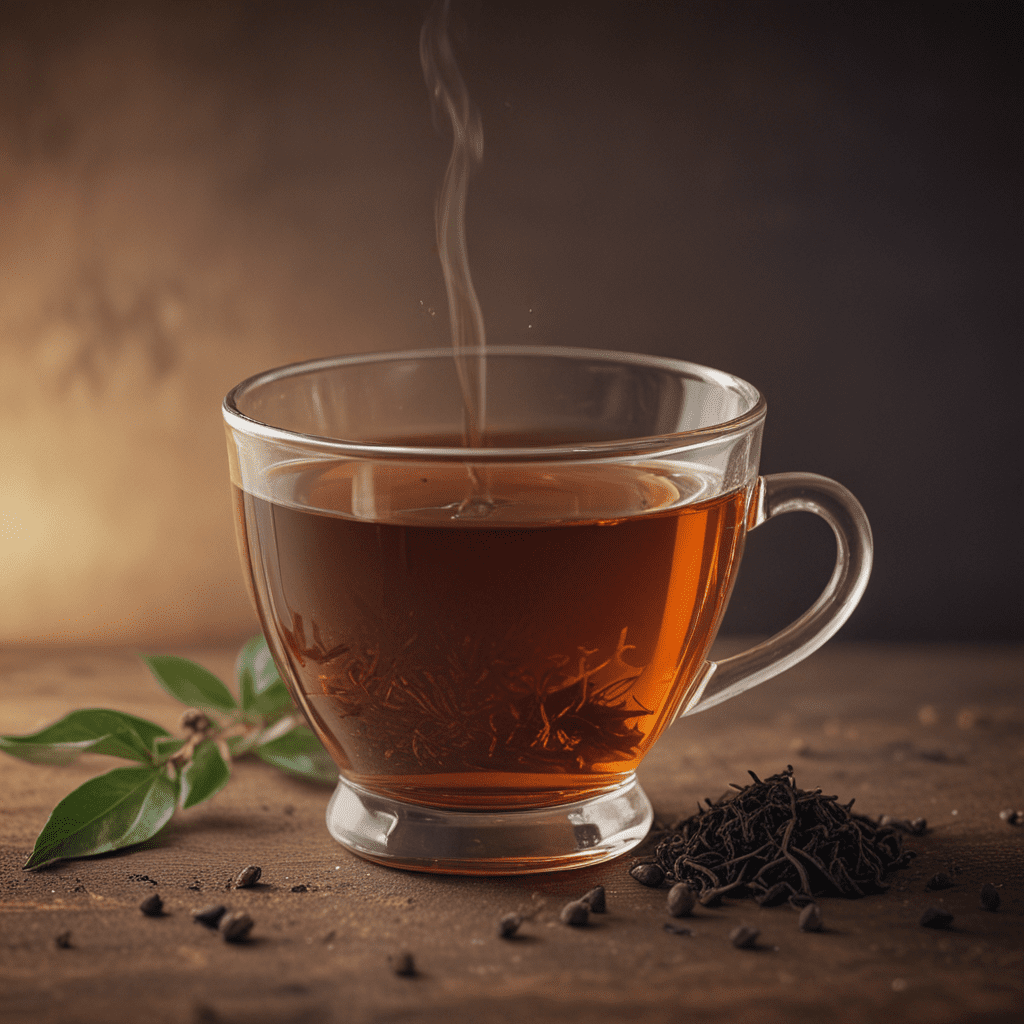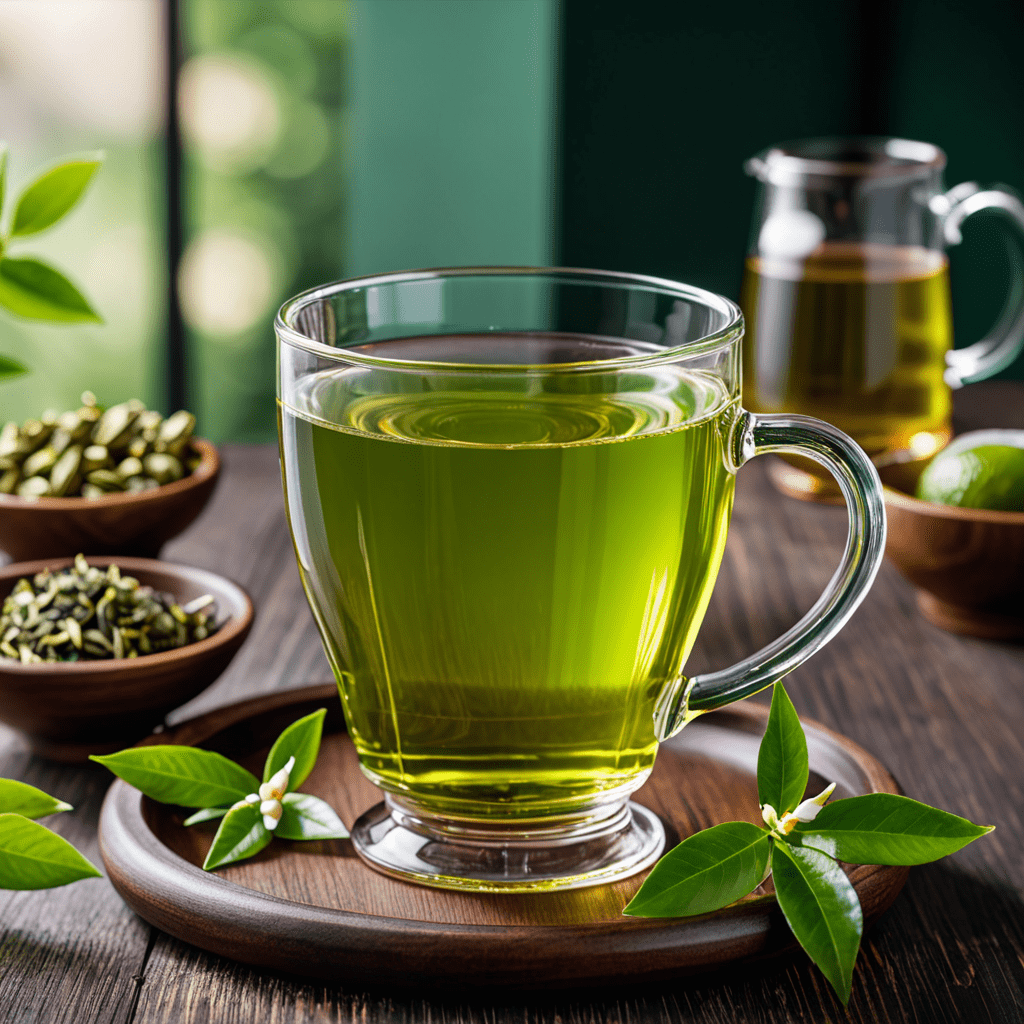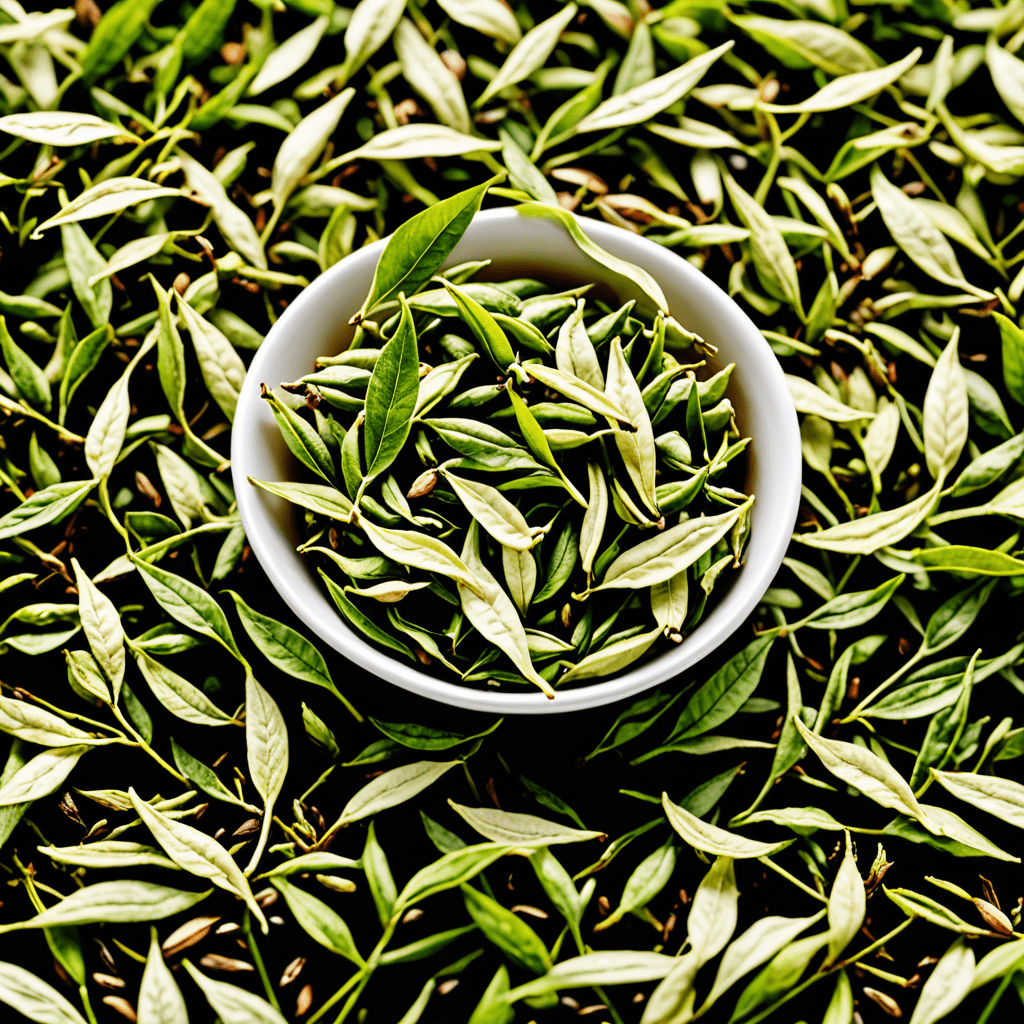Assam Tea: The Delightful Brew of India
1. Introduction
Assam tea, a renowned Indian delicacy, has captivated the taste buds of tea enthusiasts across the globe. Originating from the Brahmaputra Valley in northeastern India, this robust and full-bodied beverage holds a special place in the hearts of tea lovers. Its unique flavor profile, cultural significance, and potential health benefits make it a cherished part of Indian tradition.
2. Historical Origins
The history of Assam tea cultivation is intertwined with the 19th century British colonial era. In 1823, Robert Bruce, a Scottish adventurer, discovered wild tea plants growing in Assam. Recognizing their commercial potential, the British introduced organized tea farming in the region, establishing the foundation for the thriving industry that exists today.
3. Geographical Significance
The Brahmaputra Valley provides an ideal terroir for Assam tea cultivation. Its fertile soil, abundant rainfall, and tropical climate create optimal conditions for the tea plants to flourish. The unique topography of the region, with its rolling hills and riverbanks, contributes to the distinct characteristics of Assam tea.
4. Cultivation Techniques
Assam tea is primarily cultivated using traditional methods that have been passed down through generations. Tea bushes are grown in vast gardens, and the leaves are hand-plucked during the growing season. Modern techniques, such as mechanization and irrigation, have also been adopted to increase efficiency and productivity.
5. Processing and Production
Once harvested, the tea leaves undergo a series of processing stages to transform them into the finished product. These steps include:
6. Varietals and Grades
Assam tea is classified into various varietals based on its appearance and characteristics. The most prominent type is CTC (Crush, Tear, Curl), which is known for its robust flavor and amber-red color. Other varietals include Orthodox and Green tea, each with its unique attributes. Assam tea is also graded based on its quality, with the highest grades fetching premium prices.
7. Flavor Profile and Characteristics
Assam tea is renowned for its rich, malty flavor and full-bodied character. It exhibits notes of caramel, malt, and wood, with a distinct earthy undertone. The unique flavor profile of Assam tea is attributed to its geographical conditions and the traditional processing methods employed.
8. Health Benefits
Consuming Assam tea has been associated with a range of potential health benefits. It is rich in antioxidants, which help protect cells from damage. Assam tea also contains caffeine, which can provide a boost of energy and focus. Additionally, it is believed to have anti-inflammatory properties and may support digestive health.
9. Cultural Significance
Assam tea is deeply ingrained in Indian culture and has played a significant role in shaping social interactions and traditions. It is often served with milk and sugar as a comforting and refreshing beverage. Assam tea is also used in various culinary preparations, adding its distinct flavor to both sweet and savory dishes.
10. Conclusion
Assam tea is a cherished Indian delicacy that has gained worldwide recognition for its unique flavor profile, health benefits, and cultural significance. From its humble origins in the Brahmaputra Valley to its present-day status as a beloved beverage, Assam tea continues to captivate the hearts and taste buds of tea enthusiasts around the globe.
FAQs
Q: What is the difference between Assam CTC and Orthodox tea?
A: CTC (Crush, Tear, Curl) tea is produced using a machine that crushes, tears, and curls the tea leaves, resulting in a robust and full-bodied flavor. Orthodox tea, on the other hand, is processed by hand, producing a more delicate and nuanced flavor.
Q: How should I store Assam tea?
A: Store Assam tea in an airtight container in a cool, dry place away from direct sunlight. This will help preserve its flavor and aroma.



